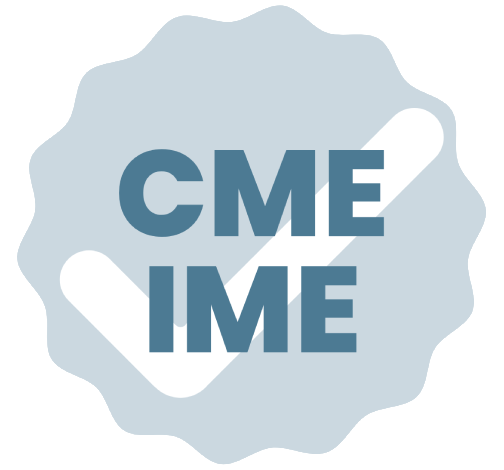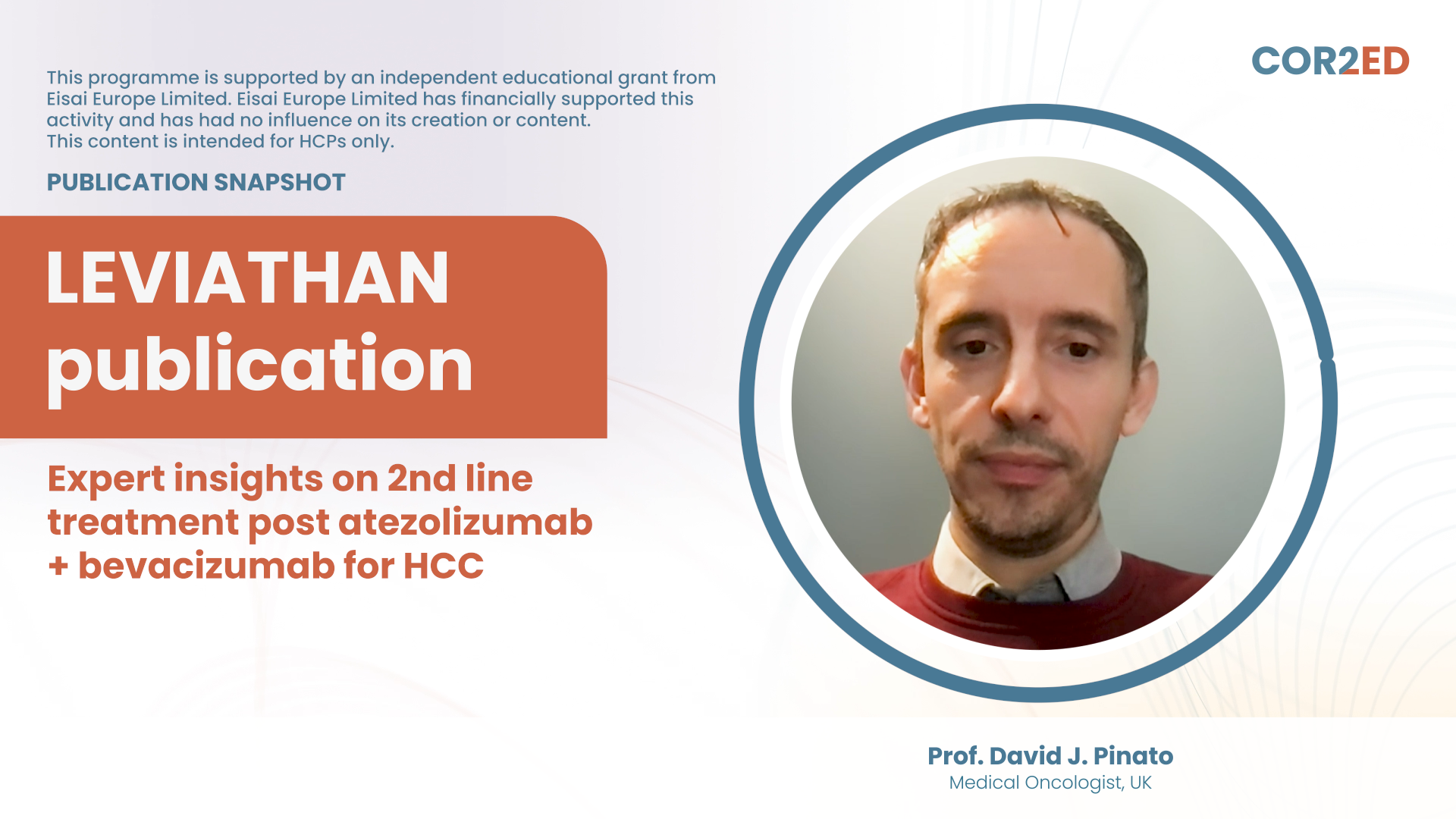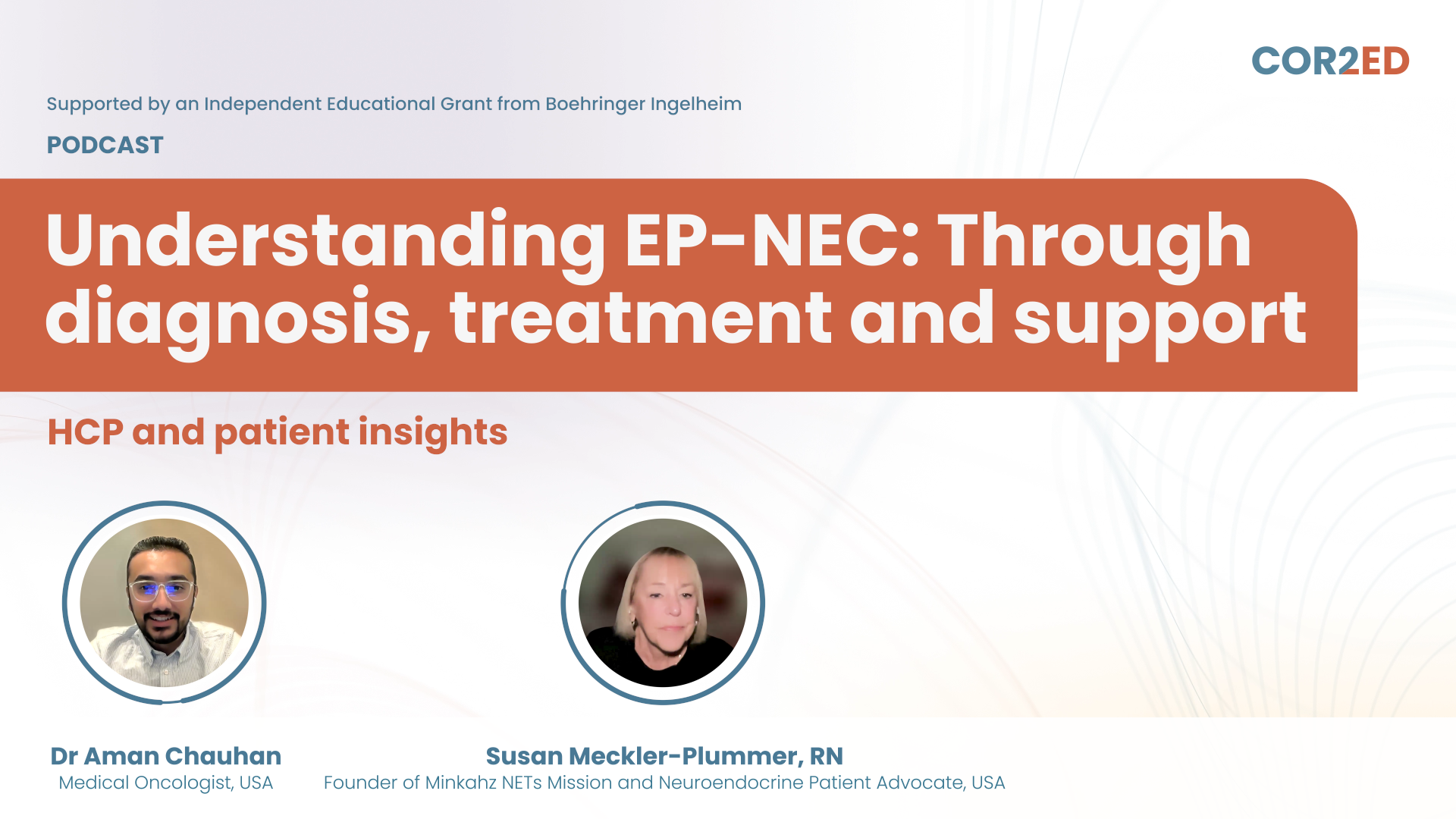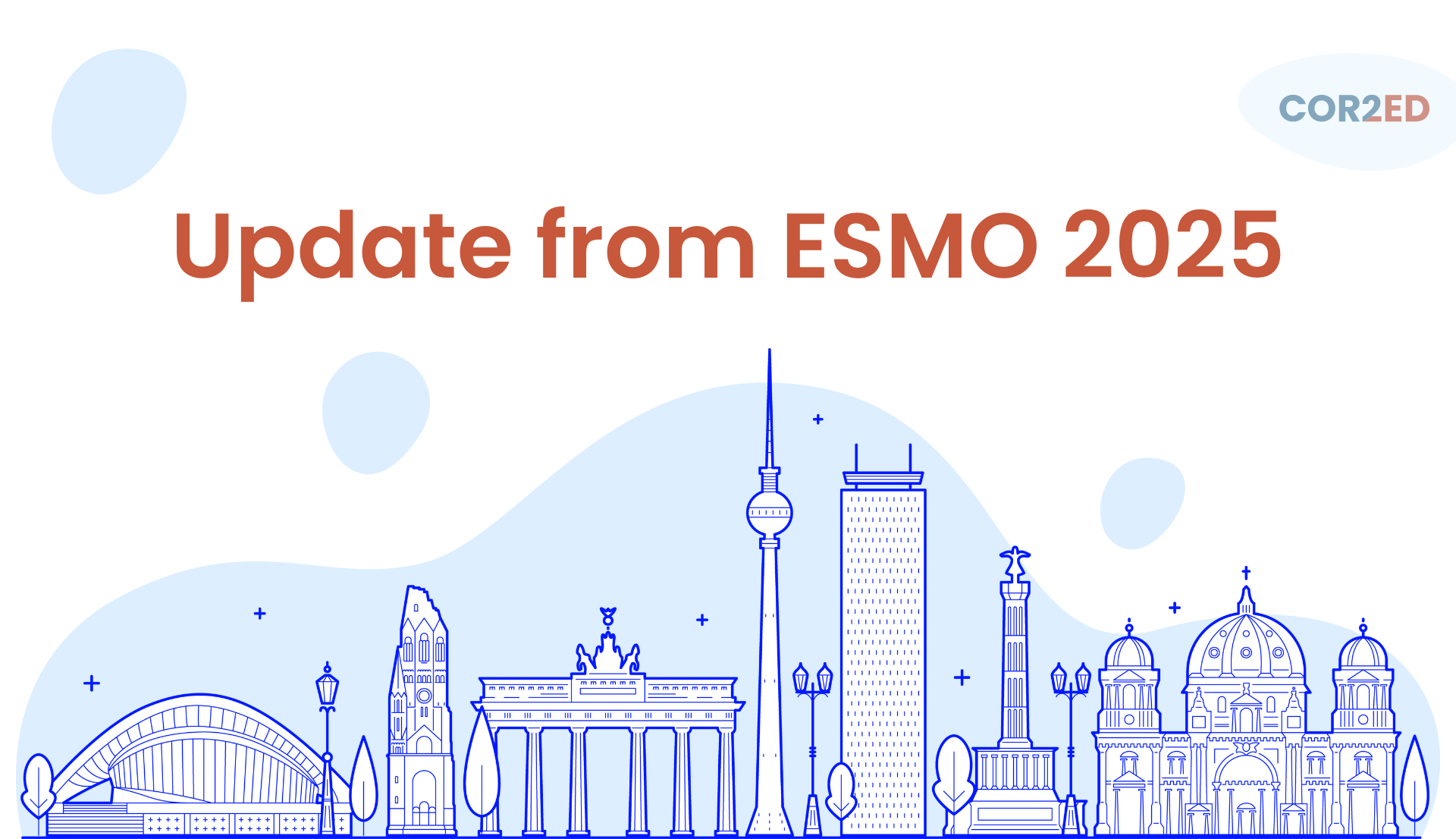In this conference update video, Profs. Wolfgang Janni, Sherko Kümmel and Michail Ignatiadis provide key insights from the highly anticipated ESMO Breast Cancer 2025 Satellite Symposium, sponsored by Menarini Stemline.
The esteemed faculty discusses treatment strategies and sequencing options after ET + CDK4/6i for patients with ER+/HER2- metastatic breast cancer (mBC).
Topics of discussion include:
- Overview of the updated ESMO mBC living guidelines
- Overcoming endocrine resistance after 1st line ET + CDK4/6i (intrinsic & acquired)
- The benefit of biomarker-selected endocrine-based therapies in ER+/HER2- mBC
- ESR1 mutation: clinical significance and testing strategies
Clinical takeaways
- 2nd line treatment choices are defined by the eligibility to receive endocrine therapy and a driven by biomarker status. For patients with retained endocrine-sensitivity guidelines recommend exhausting sequential ET-based regimens in 2L+ settings.
- Real world evidence of single agent elacestrant shows improved results versus EMERALD study, reflecting its use in the endocrine sensitive population.
- In tumors retaining endocrine-sensitivity and coexisting PIK3CA and ESR1 mutations, elacestrant monotherapy can be a good option before PI3K/AKT inhibitors as data shows similar efficacy with a manageable safety profile.
- ESR1-mut testing should be performed at 1st line progression using liquid biopsy, given disease subclonality and heterogeneity. If negative, testing should be repeated at each subsequent progression. Archival tissue should not be used, as ESR1 mutations are typically acquired.





 5 MIN
5 MIN
 Dec 2025
Dec 2025 

 Downloadable
Downloadable 




